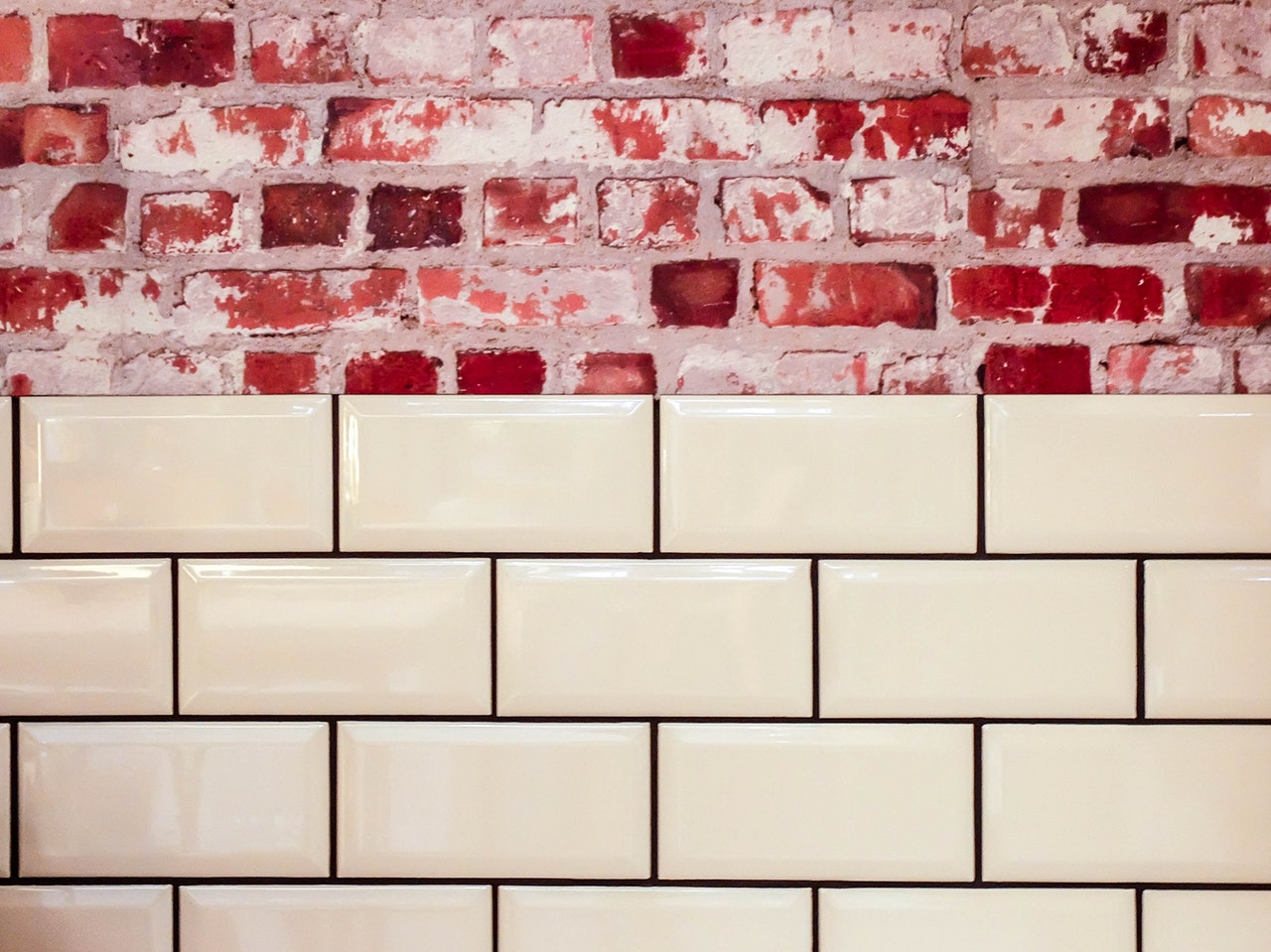Not long ago, the process of installing tiles was often left to the hands of professionals. It involved soaking ceramic tiles in water for a whole night then setting them in thick mortar afterward. Nowadays, the introduction of backer board and thinset adhesives have made it possible for anyone to perform a DIY tile installation, making it easier than ever to update your home with items such as a ceramic field tile.
Since home renovations can cost thousands, many homeowners prefer doing things on their own. This is true with tiling. Calling for a tiling contractor is expensive. On average, it will cost anywhere from $45 to $150 per hour. There are also those who will charge you around $35 to $50 per square meter depending on the materials used.
If you are more of a DIY person and want to save money, here are some DIY wall and floor tiling tips you want to consider:
How to Install Wall and Floor Tiles
1. Prepare the Surface
Before you begin with your tiling project, you have to prepare the surface first. Ceramic tiles can be installed over most substrates; however, you need to clear the surface of any dirt. Make sure it’s clean, dry, smooth, and free of any grime and dirt. Remove any loose or uneven areas, trims, appliances, moldings, and anything that can only interfere with the installation.
2. Consider the Layout
When doing a wall and floor tiling project, make sure you keep the layout of your room in mind. If you install tiles on your walls, start from the bottom row first. From there, you can then start working your way up one row at a time.
Meanwhile, if you install tiles on your floors, you need to make sure it has a flat surface first. You can do this by pouring a self-leveling compound for a flat, smooth base for your tiles.
3. Pick the Right Adhesive
You should use the right mortar or adhesive for your surface to make sure it bonds properly. If you have a cement board or concrete surface for your walls, using a multi-purpose mortar is recommended. Meanwhile, a thinset mortar is ideal for concrete slab or cement board floors. Once you have applied the appropriate adhesive, you may then start setting your tiles.
4. Grout the Joints
Grouting follows after you have successfully set the tiles on your walls or floors. On average, you will need to wait for 24 hours before you can start grouting. Determine the color of the grout you want. For best results, it’s ideal to pick a color that complements your tiles.
Follow the instructions indicated when mixing your grout, and mix only enough to use within 30 minutes. Before applying, make sure you wear protective gloves. Spread your grout mixture on the tiled surface with the use of a squeegee. Don’t forget to remove any excess grout from the surface. After you’re done, begin the cleanup procedure.
Conclusion
As you can see, it’s not really impossible to perform a DIY tiling project. With the right materials and procedure, you can do tiling on your own without the need to rely on a professional’s help.



 Bitcoin
Bitcoin  Ethereum
Ethereum  Tether
Tether  XRP
XRP  Solana
Solana  USDC
USDC  Cardano
Cardano  TRON
TRON  Lido Staked Ether
Lido Staked Ether  Toncoin
Toncoin  Avalanche
Avalanche